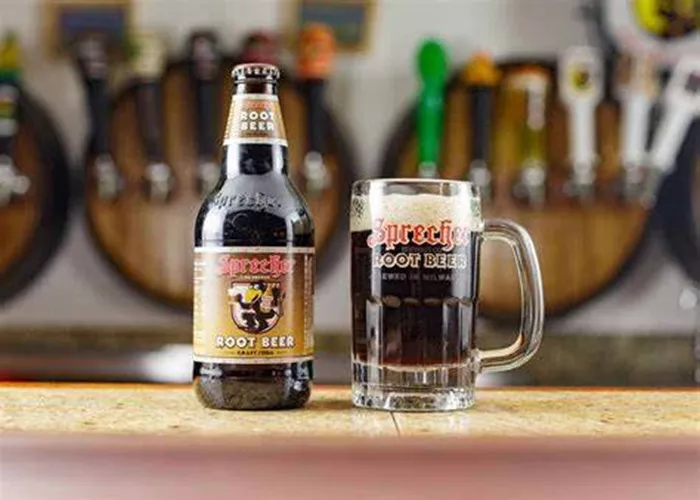The sober-curious movement has significantly boosted the sales of non-alcoholic beverages, particularly non-alcoholic beer, raising questions about the potential health benefits of these drinks.
Beer remains the most widely consumed fermented beverage and a key element of social activities worldwide, from Oktoberfest celebrations to local pub crawls.
However, the growing awareness of alcohol’s negative effects on health, combined with high taxation and the financial cost, has prompted consumers to seek healthier alternatives. This shift has fueled rapid growth in the non-alcoholic beer market, which is projected to exceed $33 billion in Europe by 2032.
Non-alcoholic beer differs nutritionally from its alcoholic counterpart by retaining a rich content of polyphenols from malt and hops—compounds known for their antioxidant properties. As a fermented product, non-alcoholic beer may also contribute beneficial bioactive molecules that improve diet quality. Fermented foods, long valued for their safety and natural origin, are increasingly recognized for their ability to reduce disease risk and enhance health, partly through their influence on the gut microbiome.
The gut microbiome—a complex ecosystem of microorganisms within the digestive system—plays a critical role in human health. Its composition and diversity can impact physiological and pathological conditions, making diet a powerful modulator. Fermented foods promote the growth of beneficial microbes already present in the gut and introduce new microbial strains, potentially enhancing gut health. Although fermented foods contribute about 3% of new microbes to the gut microbiome, their overall influence is considered significant.
Some companies market non-alcoholic beer as a healthful, isotonic post-exercise recovery drink or a mood enhancer, positioning it as a preferable alternative to sugar-laden beverages. However, such claims remain largely unverified by scientific research, revealing a gap in public health knowledge that must be addressed given the product’s rising consumption.
Production methods for non-alcoholic beer vary. One approach involves brewing beer normally, then removing alcohol through physical processes such as membrane filtration. Alternatively, fermentation can be modified by lowering sugar levels, reducing temperature, or using unconventional yeasts to limit alcohol formation. Both methods face challenges: the former may be costly for smaller breweries, while the latter depends heavily on the beer style and production conditions.
Maintaining flavor and aroma in non-alcoholic beer is another obstacle. Alcohol contributes significantly to beer’s taste profile, and removing it—or preventing its formation—often diminishes key flavor compounds, resulting in a less satisfying product that may lack maltiness and bitterness. Furthermore, non-alcoholic beers typically have a shorter shelf life, as alcohol acts as a natural preservative. Without it, these beers are more prone to microbial contamination.
Advances in food science, microbiology, and data analytics offer promising solutions. Genomics-based tools now enable the identification and utilization of specific microbes that can enhance flavor, aroma, health benefits, and shelf stability in non-alcoholic beers. The recent surge in diverse beer styles highlights consumer openness to innovation beyond traditional lagers, creating room for scientific breakthroughs in this niche market.
The expanding non-alcoholic beer sector represents a valuable opportunity for research and development aimed at balancing taste, health, and sustainability. Future improvements may provide consumers, including those recovering from over-indulgence, with a broader selection of appealing zero-alcohol options.
You Might Be Interested In:


